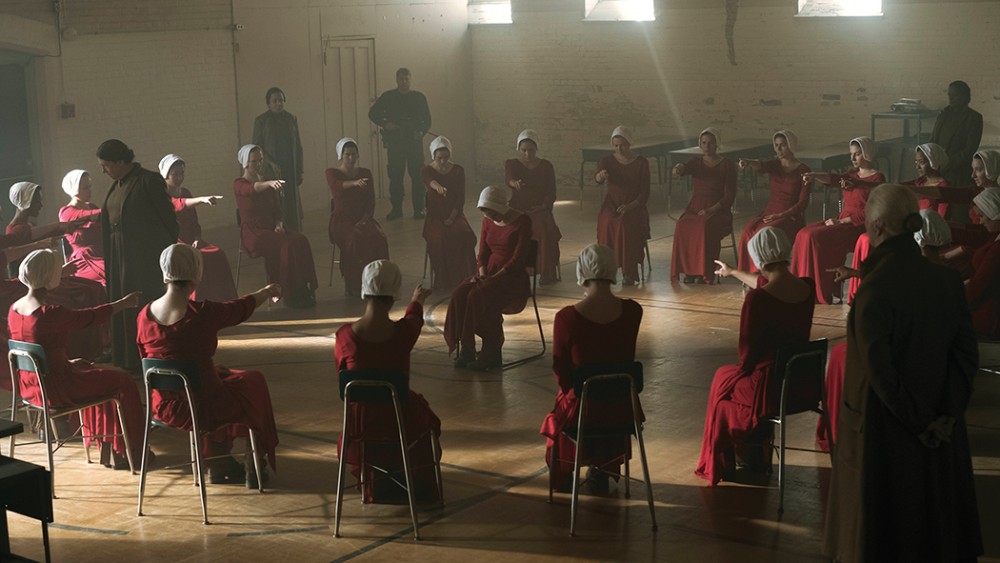Why I find The Handmaid's Tale surprisingly comforting
Resistance might not achieve its outer aims. Nevertheless, its inner life persists.

When I first read Margaret Atwood’s 1985 novel The Handmaid’s Tale, I was a junior in college. The book seemed insightful the way zombie apocalypse is insightful: an outlandish parable of the desire to control women’s bodies and choices, an interesting litmus test of how far feminism had come, or how far it still had to go.
Reading it again this year and watching the new Hulu television adaptation, it feels like just the story that we need right now. Not as a political allegory as much as an exploration of the inner life of resistance.
If you haven’t read the book, watched the TV show, or read one of the many related think pieces that are circulating on social media, let me catch you up: in the very near future the global fertility rate has dropped to near zero. In this social and political instability, a patriarchal theocracy replaces the United States with a state called Gilead, where women are stripped of all civil rights and parceled out to men as wives, domestic labor, or Handmaids—fertile women who will conceive children in the place of barren wives.




